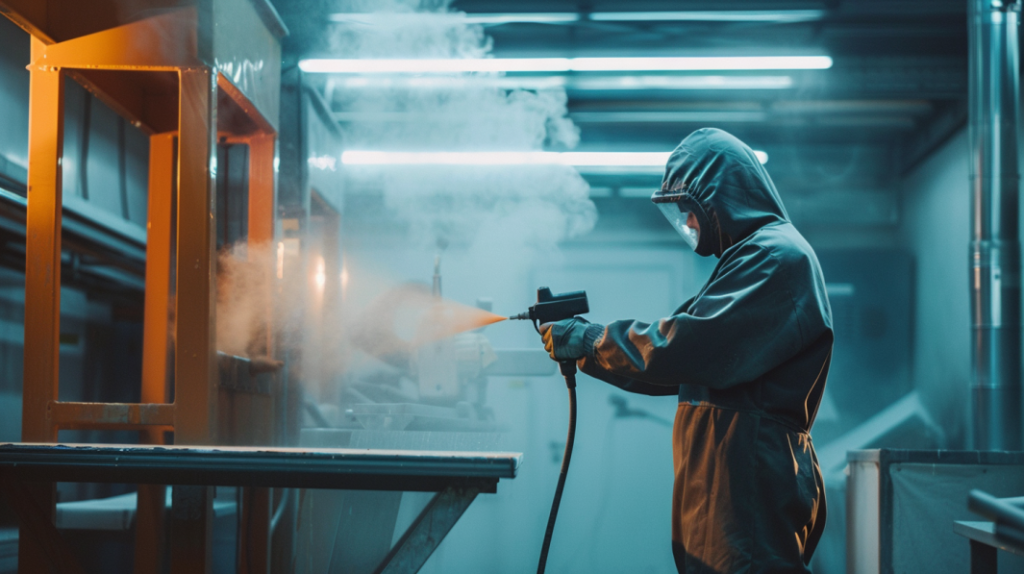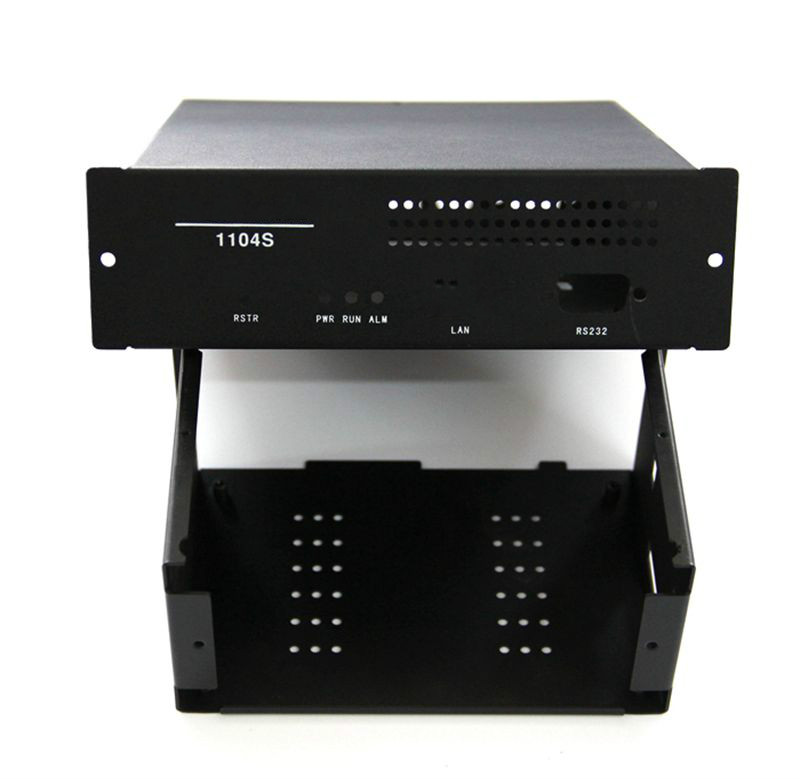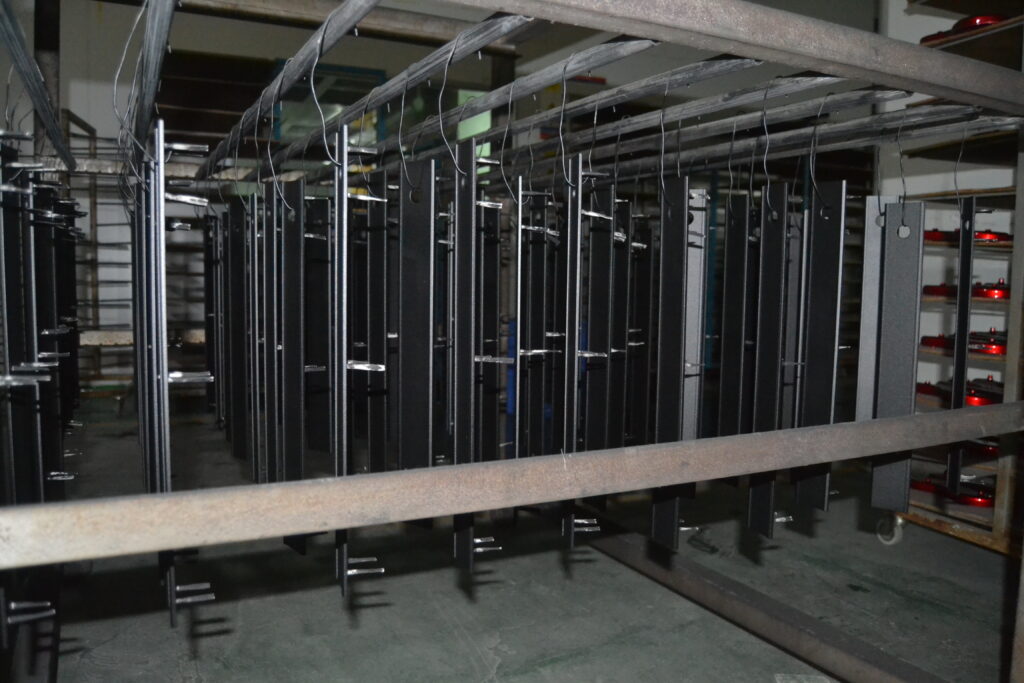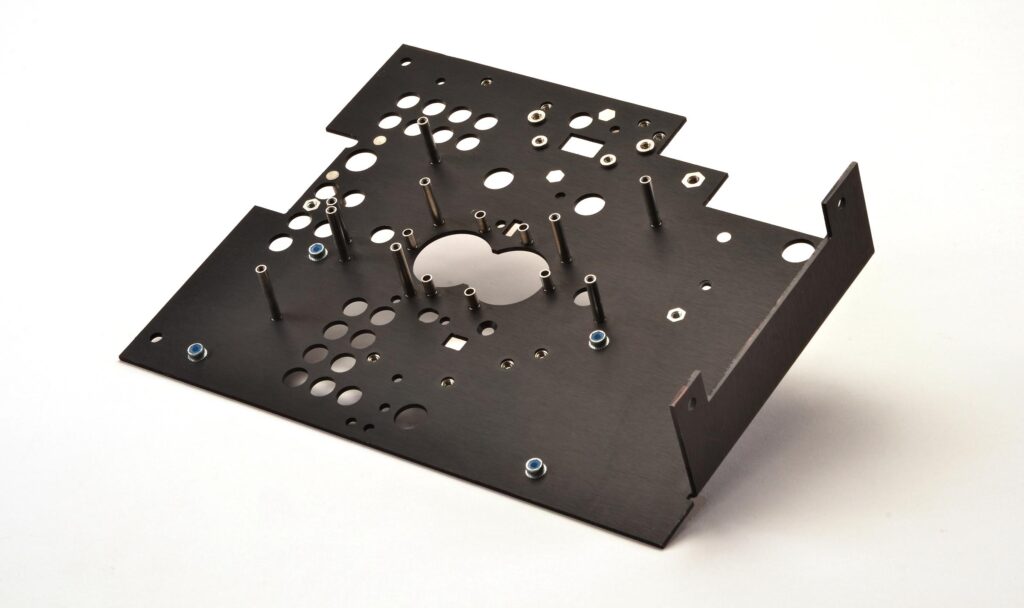Problems with rust, chipping, or fading on your metal parts? Frustrating, isn’t it? Whether you’re dealing with damaged products or dissatisfied customers, the finish on your metal parts can make or break your project’s success. But don’t worry—I’m here to help you solve these issues with the right coating solution.
Powder coating is an excellent choice for many projects. It provides a durable, attractive finish that resists wear and tear better than most alternatives. Plus, it’s eco-friendly, cost-effective, and versatile, making it a top contender for your next project’s finishing needs.
But what makes powder coating so special? Why is it preferred in so many industries? Let’s dig into the details and see why this finishing method might be exactly what you need.

How Does Powder Coating Work?
Powder coating is kind of a cool process. Instead of using liquid paint, we spray a dry powder onto metal parts using an electrostatic charge. The powder is attracted to the metal like a magnet, which ensures even coverage even on the most complex shapes. Once the part is coated, we put it in an oven where the powder melts and forms a nice, smooth, durable finish.
So, how is this different from painting? When you paint things, you use solvents. Those solvents can be bad for the environment. With powder coating, you don’t have to worry about that. It’s a cleaner, greener option for your projects.
What Are the Advantages of Powder Coating?
So, why should you consider powder coating instead of other finishes? First off, it’s tough. The finish on powder-coated parts is resistant to chipping, scratching, and fading, which means your products will look good longer. Plus, this finish is really good at fighting rust, so if you’re in an industry where corrosion is a concern, powder coating is your buddy.
Also, powder coating is better for the environment than liquid paints. It releases fewer volatile organic compounds (VOCs) into the atmosphere, making it a safer option for your team and the planet.
One more thing: it’s cost-effective. While the initial cost might be higher than some other finishes, the longevity and low maintenance of powder-coated parts can save you money in the long run. Could your project use a finish that looks good and saves you money over time?

Can Powder Coating Handle Complex Shapes?
Absolutely. One of the coolest things about powder coating is its ability to coat complex shapes with ease. Because we use electrostatic application, every square inch of your part gets coated. This is a big deal if you’re working with parts that have a lot of detail or tight spots that other finishes might not be able to reach.
But how does this work in real life? Imagine trying to paint a metal grille with wet paint—it’s a mess. The paint runs, sags, and just looks bad. With powder coating, though, you get a nice, even finish without all the hassle. Have you ever had to deal with complex parts that were a pain to coat?
How Does Powder Coating Thickness Affect Durability?
Thickness is a big deal with powder coating. The thickness of the coating directly affects how well it works and how long it lasts. Thicker coatings protect better but can crack if they’re not applied right. On the other hand, if the coating is too thin, it might not protect well enough.
So, how do we get it right? It’s all about control. We watch the thickness closely as we apply the powder to make sure it’s just right for how you’re going to use the part.

What Role Does Surface Preparation Play in Powder Coating?
I can’t stress this enough—surface prep is critical. If the surface isn’t prepared correctly, the powder won’t stick, and the coating won’t last as long. Before we put the powder on, we make sure the metal is clean, free of oils, and properly blasted or primed. This helps the coating stick better and last longer.
Think about it like building a house. You wouldn’t start a house by putting it on a wobbly foundation, right? The same thing goes for powder coating. Without proper surface prep, even the best powder won’t do its job right. Want to know more about why surface prep is so important?
What Are the Different Types of Powder Coatings?
Not all powder coatings are the same. In fact, there are two main types: thermosets and thermoplastics. Thermosets are the most common and are great for parts that have to withstand high temperatures. Thermoplastics, on the other hand, are good for parts that might need to be reshaped or remolded.
But wait, there’s more. Within these categories, there are different finishes available—gloss, matte, textured, and more. Each finish serves a different purpose, from looking cool to giving you more grip. Which finish do you think would work best for your products?

How Customizable is Powder Coating?
You have a ton of options with powder coating. Whether you need a specific color, texture, or even a multi-coat system, powder coating can do it. There are a ton of colors to choose from, so you can match your brand perfectly. Plus, you can pick different textures to make your product look and feel even better.
But it’s not just colors. If you need a UV-resistant coating for outdoor products, or a clear coat for more protection, powder coating can do that too. How important is customization for your project?
How Does Powder Coating Compare to Other Finishes?
When you stack powder coating up against other finishes like wet paint or plating, you can see why so many industries like it. Powder coating is more durable and looks better than wet paint without the hassle of running, sagging, or dripping. And unlike plating, powder coating offers more color and texture options, making it more versatile.
But, you have to think about the cost and what you’re trying to do. While powder coating is usually a better choice, there might be times when you want to use something else. Have you thought about what’s right for your project?

What Are the Latest Innovations in Powder Coating?
Powder coating is always getting better. One of the newest things is low-temperature curing powders, which make it possible to coat things we couldn’t coat before. This is a huge deal, especially if you work with parts that can’t handle high temperatures.
Another cool thing is smart powders that change color when you heat them up or expose them to light. These work great for safety and indicator applications. Could these new things help you with your products?
Conclusion
Powder coating isn’t just a finish—it’s a way to solve a lot of the common problems you face in metal fabrication. Whether you need something tough, custom, or better for the environment, powder coating is the way to go. So, is powder coating right for you? With all the good stuff it does, it probably is.

